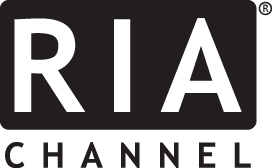Matt Radgowski, CEO of Halo Investing, joined Keith Black, Managing Director of RIA Channel, to discuss the protective role of annuity and structured product investments.
Halo is a wealth technology platform that connects advisors with producers and issuers of structured products and fee-based annuity products. The platform allows for discovery, purchase, and life cycle management of products. Radgowski wonders why investors almost universally purchase homeowner’s and automobile insurance but are hesitant to insure their investment portfolios.
Protective investments, including annuities and structured notes, offer mitigation of downside risks. Annuities allow investors to accumulate assets and transition those assets into a secured level of income. Structured products are built from a zero-coupon bond and a basket of derivative products that can be customized according to the level of downside risk and upside participation. Advisors have the choice of underlying assets that can be the basis for structured products, including indices, ETFs, and single securities.
While structured notes have been around since the 1970s, they are still more popular in Europe than in the US. This could be due to the bond focused or savings-oriented culture in Europe where investors typically take less equity market risk than Americans. American investors and their advisors are now learning more about structured products and defined outcome investments, which is leading to increased investment flows.
Halo’s platform is designed to assist advisors in overcoming two key challenges: integrating structured products into portfolio construction, and the integration of those products into the advisor’s current operating systems, custodial platforms, and wealth management platforms. Halo integrates with Pershing’s netx360+ platform, which is popular with advisors.
Protective investments are most commonly included in the equity portion of the asset allocation, with equity indices being very popular choices for the underlying asset tracked by the structured products. Reducing risk in the equity allocation may free investors to consider larger allocations to alternative investments, such as private credit, private equity, and hedge funds.
Resources:

